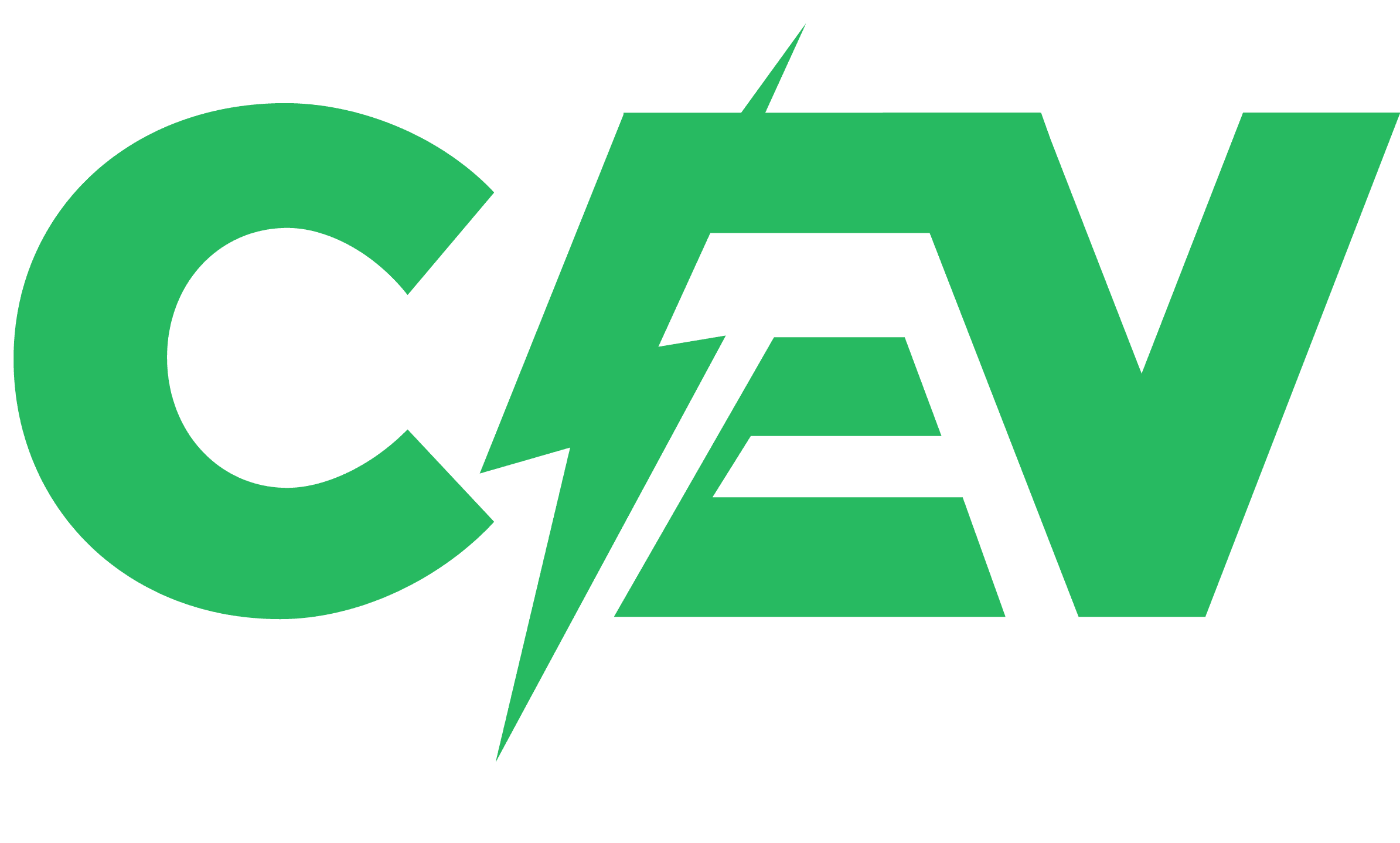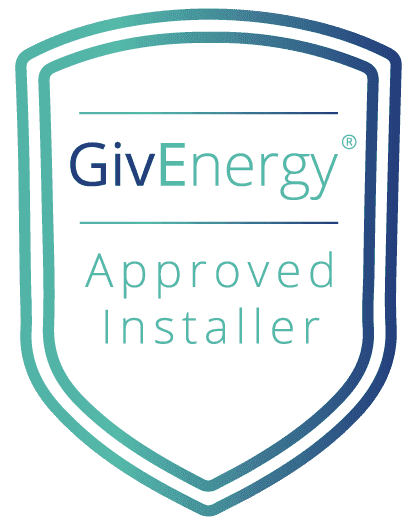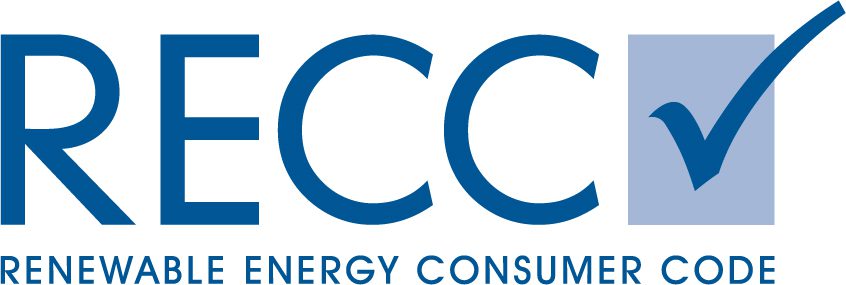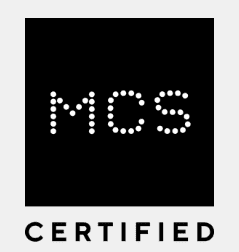Are you considering investing in solar power for your home or business? With the many opportunities to reduce electricity bills and become more energy independent, understanding how solar panel output works is a significant first step.
The fact of the matter is that every solar panel installation will be unique. So, it’s essential to consider as many variables as possible when researching options and preparing for your project.
In this article, we’ll offer insight into some key factors to consider about maximising the effectiveness of your system’s output. Whether you are a newcomer or have been caring for an existing system over time, there’s something here for everyone looking to achieve peak performance from their panels!
If you finish our article and decide that solar panels or battery storage are for you, all you need to do is get in touch with our team here at CEV Ltd today; we are always more than happy to help you in any way can. Get in touch today!
Solar Panel Orientation
Solar panel orientation is an essential factor to consider when installing a solar power system. The optimal orientation for solar panels typically faces south in the Northern Hemisphere and north in the Southern Hemisphere.
This allows the panels to receive maximum exposure to sunlight throughout the day. However, other factors, such as shading and roof angle, may also affect the orientation of the panels.
In some cases, it may be necessary to adjust the angle or direction of the panels to ensure maximum energy production. It is recommended to consult with a professional solar installer to determine the best orientation for your specific location and circumstances.
It is worth remembering that East and West-facing roofs can also work, but you may find a reduced efficiency compared to South facing panels.
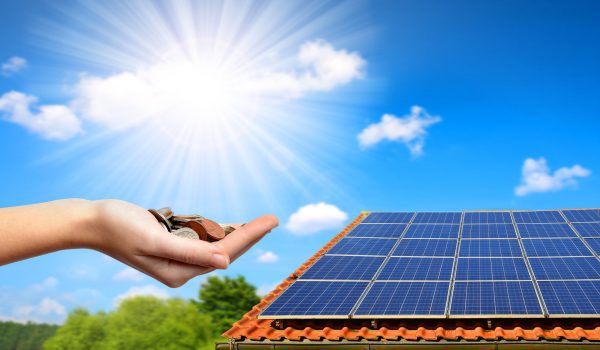
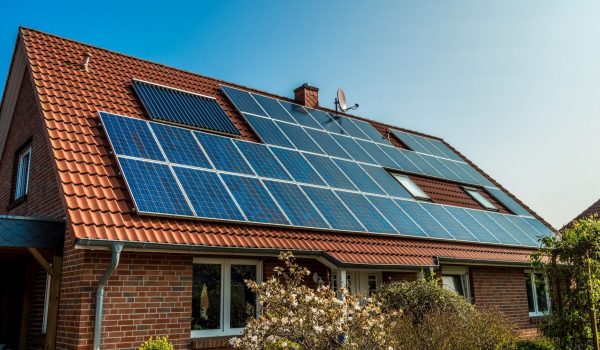
Tilt Angle Of Solar Panels
The tilt angle of solar panels is another essential factor to consider when installing a solar power system. The optimal tilt angle for solar panels varies depending on the latitude of the location and the time of year.
Generally, the tilt angle should be equal to the location’s latitude minus 10-15 degrees for the winter months and equal to the location’s latitude for the summer months. However, if the panels are fixed and cannot be adjusted, a tilt angle between 30-45 degrees can provide good year-round performance.
It is also essential to consider any shading or obstructions that may affect the panels’ exposure to sunlight. A professional solar installer can help determine the best tilt angle for your location and circumstances.
Consider Solar Panels & Shade
When considering solar panels, it is essential to consider any shade that may fall on the panels throughout the day. Shade can significantly reduce the output of solar panels and decrease the system’s overall efficiency.
It is recommended to place solar panels in areas that receive direct sunlight for most of the day and avoid areas with shading from trees, buildings, or other obstructions. If shade cannot be avoided, adjust the panels’ orientation or tilt angle or consider using microinverters or power optimisers to mitigate the effects of shading.
A professional solar installer can help assess the potential impact of shading and recommend the best placement and technology solutions to optimise the energy output of the solar power system.
Temperature Affects Solar Panels
Temperature can affect the performance of solar panels in several ways. Solar panels typically operate most efficiently in cooler temperatures, as high temperatures can cause a decrease in energy output.
Additionally, extreme temperature changes can cause the materials in the panels to expand or contract, which may lead to cracking or other damage over time. To mitigate the effects of temperature on solar panel performance, installing the panels in areas with good ventilation and air circulation is recommended.
This allows for excess heat dissipation and helps maintain a more consistent temperature. Additionally, selecting high-quality solar panels with temperature coefficients designed to withstand extreme temperatures can help maintain optimal performance over time.
A professional solar installer can help select and install solar panels best suited for your specific climate and environmental conditions.
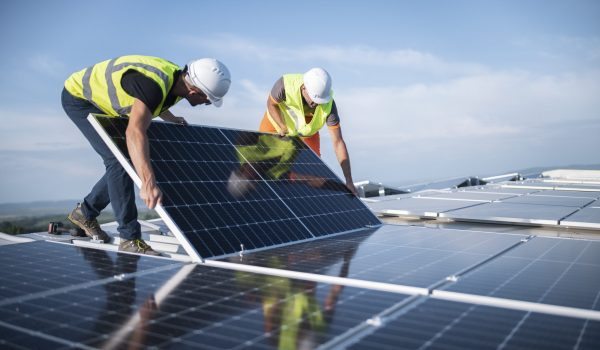

Other Factors You Need To Consider
In addition to these concerns, there are several other aspects to consider when determining whether or not your roof is suitable for photovoltaic panels. These are the following:
Roof size: The number of solar panels that can be installed and the amount of energy that can be generated will be determined by the size of your roof.
Structure of the roof: Both the ability of your roof to withstand the weight of solar panels and the availability of adequate space for their installation will be determined by the structure of your roof.
Planning approval: Before installing solar panels, you may be needed to obtain planning permission in some circumstances, mainly if your home is located in a conservation area or is on the National Register of Historic Places.
We will help you assess whether or not your roof is suited for photovoltaic (PV) panels and maximise your system’s solar output by considering the criteria listed above.
Contact CEV Ltd For Solar Panel Installations And Guidance Today
We use industry-leading software that analyses your roof’s potential performance using standardised models to ensure accurate results, not artificially loaded sales pitches.
Our installations perform within the standard deviation expected from the predicted results allowing us to pass the MCS’s tests and fulfil their requirements.
If you want to install solar panels, please contact us for a free consultation. We will be happy to discuss your needs and answer any questions.
